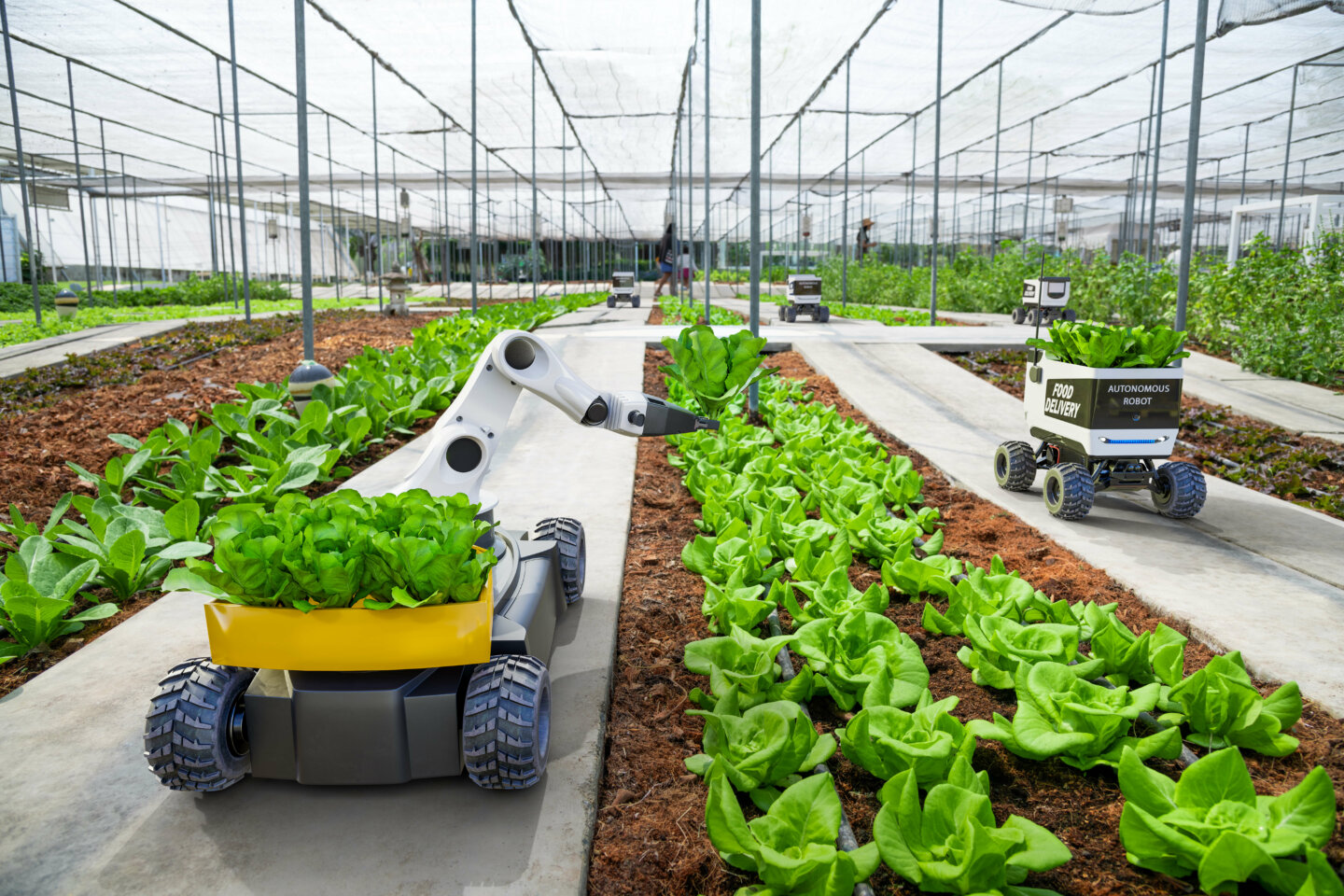Optimize Plant Growth and Yield With Premium Water Soluble Polymers for Agriculture
Premium water-soluble polymers have actually emerged as an appealing tool in this search, providing a range of benefits that can change the means we approach crop cultivation. By addressing essential aspects such as soil framework, water retention, and nutrient shipment, these polymers have the potential to open brand-new degrees of effectiveness and yield in agricultural production.
Benefits of Water-Soluble Polymers
Water-soluble polymers supply a variety of benefits in agricultural applications, boosting soil framework and water retention effectiveness. These polymers, when applied to the dirt, can considerably boost soil aggregation, lowering erosion and enhancing total dirt wellness. By improving soil framework, water-soluble polymers produce a more desirable setting for root growth and development, ultimately causing boosted crop yields.

Improved Soil Framework
Given the shown benefits of water-soluble polymers in boosting dirt high quality and water retention, an essential element that stands apart is the considerable impact these polymers carry reorganizing the soil make-up. Premium water-soluble polymers play a vital function in improving soil framework by advertising soil aggregation and security. These polymers work by binding dirt particles with each other, creating larger accumulations that permit better aeration and water infiltration. By improving soil structure, water-soluble polymers assist stop soil compaction, which can limit origin development and water movement. In addition, the enhanced dirt framework resulting from making use of these polymers promotes origin growth and boosts nutrient uptake by plants. This restructuring of the dirt make-up leads to much better general dirt wellness, raised plant performance, and boosted return high quality. Farmers and agricultural experts can benefit substantially from integrating costs water-soluble polymers right into their dirt monitoring techniques to maximize plant development and accomplish lasting farming end results.
Boosted Water Retention
Enhancing water retention in farming dirt is an essential variable for guaranteeing ideal plant development and sustainability. Agriculture. Adequate water schedule is essential for plant physical processes, nutrient uptake, and total plant health and wellness. Enhanced water retention can be attained with the use of costs water-soluble polymers in agricultural techniques. These polymers have the special ability to absorb and retain large quantities of water within the dirt profile, developing a storage tank that plants can access during durations of water stress and anxiety.
Premium water-soluble polymers work by creating a gel-like structure when blended with water, increasing the soil's water-holding ability and decreasing water loss via evaporation and overflow. This boosted water retention not only enhances plant strength to drought problems but likewise decreases the regularity of irrigation, causing water preservation and expense savings for farmers.
Reliable Nutrient Delivery
With the structure of improved water retention now established, the emphasis shifts in the direction of optimizing farming practices with the efficient shipment of nutrients to plants for continual development and efficiency (Agriculture). Efficient nutrient shipment is crucial in maximizing plant yields and making sure plant wellness. Water-soluble polymers play a crucial role in this procedure by facilitating the controlled release of necessary nutrients to the plants' root systems
One key advantage of making use of costs look what i found water-soluble polymers for effective nutrient delivery is their ability to bind with nutrients, such as phosphorus, nitrogen, and potassium, avoiding leaching and drainage. This makes sure that the plants get a my latest blog post stable and consistent supply of nutrients, lowering wastefulness and ecological effect.
Furthermore, these polymers can enhance nutrient uptake efficiency by advertising root development and improving soil structure (Agriculture). By developing a desirable setting for root growth, water-soluble polymers help plants access nutrients better, bring about much healthier plants with increased resistance to stressors like drought or illness
Optimizing Crop Yields
These polymers play a critical function in enhancing dirt structure, water retention, and nutrient absorption, ultimately leading to boosted plant growth and advancement. By incorporating water-soluble polymers right into their irrigation practices, farmers can make certain that plants get a constant and ample water supply, also during durations of dry spell or water shortage.
In addition, water-soluble polymers aid decrease dirt disintegration, reduce nutrient leaching, and advertise origin advancement, every one of which contribute to higher plant returns. By forming a protective movie around plant origins, these polymers improve nutrient uptake efficiency and secure plants from environmental stress factors. Additionally, using costs water-soluble polymers can improve the overall health and wellness and strength of crops, leading to enhanced yields and boosted farming sustainability.
Final Thought

These polymers, when applied to the dirt, can dramatically improve soil aggregation, lowering erosion and enhancing general dirt wellness.Given the demonstrated benefits of water-soluble polymers in view it boosting dirt quality and water retention, an essential aspect that stands out is the significant effect these polymers have on restructuring the soil structure. Premium water-soluble polymers play a crucial role in improving soil structure by promoting soil gathering and security. By boosting dirt framework, water-soluble polymers assist avoid soil compaction, which can restrict root growth and water motion. These polymers have the special capability to take in and keep big amounts of water within the dirt account, developing a storage tank that plants can access throughout periods of water tension.
Comments on “Agriculture and Food Safety And Security: Obstacles and Solutions”